Inside New York's Most Beautiful Subway Station, Abandoned Since 1945
The most beautiful subway station in New York City is locked, inaccessible since the last passengers stepped off its platform on December 31, 1945.
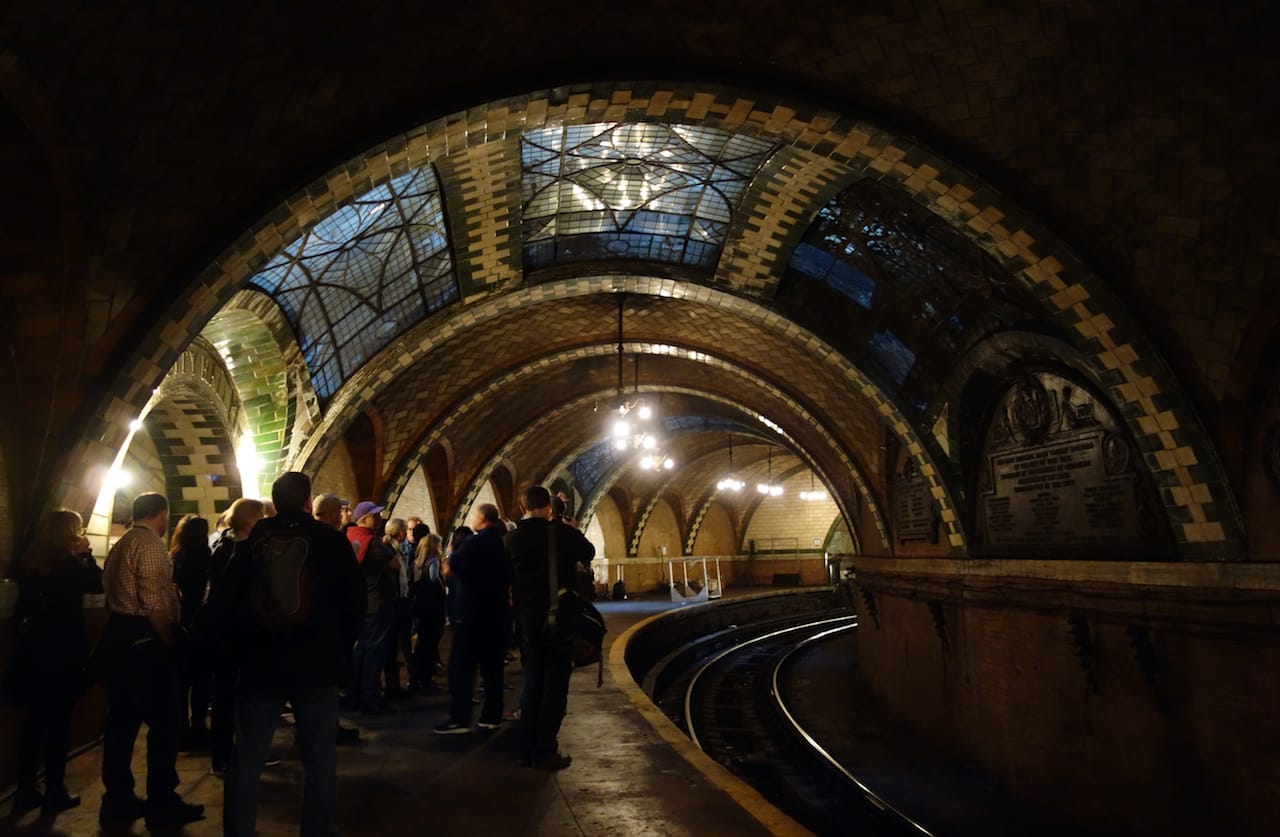
The most beautiful subway station in New York City is locked, inaccessible since the last passengers stepped off its platform on December 31, 1945. The City Hall station was the “jewel in the crown” of the city’s first subway line, which opened October 27, 1904, connecting Lower Manhattan to 145th Street. Arched Romanesque Revival tile ceilings, cut amethyst glass skylights, brass chandeliers, and a proud oak ticket booth proclaimed the Interborough Rapid Transit Company (IRT) subway as an underground marvel of both transportation and elegance. However, a short curving platform that only accommodated five cars, lack of turnstiles, and the close proximity to a much more popular Brooklyn Bridge station, made the City Hall station obsolete in just a few decades. In its final year, it only had a daily count of 600 passengers passing through its regal interior.

Unlike the stunning Penn Station, built a few years later, the City Hall station survived through a new purpose. It’s a fairly open secret that your easiest glimpse at the ghost station is staying on a 6 train as it turns around from the downtown-bound track to the uptown (although there were some confusing fines for remaining onboard issued last year). But in an impressive feat of access, the New York Transit Museum also offers small tours sporadically to its members, with the next upcoming this January, February, March, and April.
I recently had the opportunity to join one of these tours, led by historian John Simko, who first showed us the site of what is technically the city’s first subway (Alfred Ely Beach’s 1869 one-stop pneumatic tunnel), as well as the remains of the station above ground, including some glass panels in City Hall Park that illuminate the skylights.

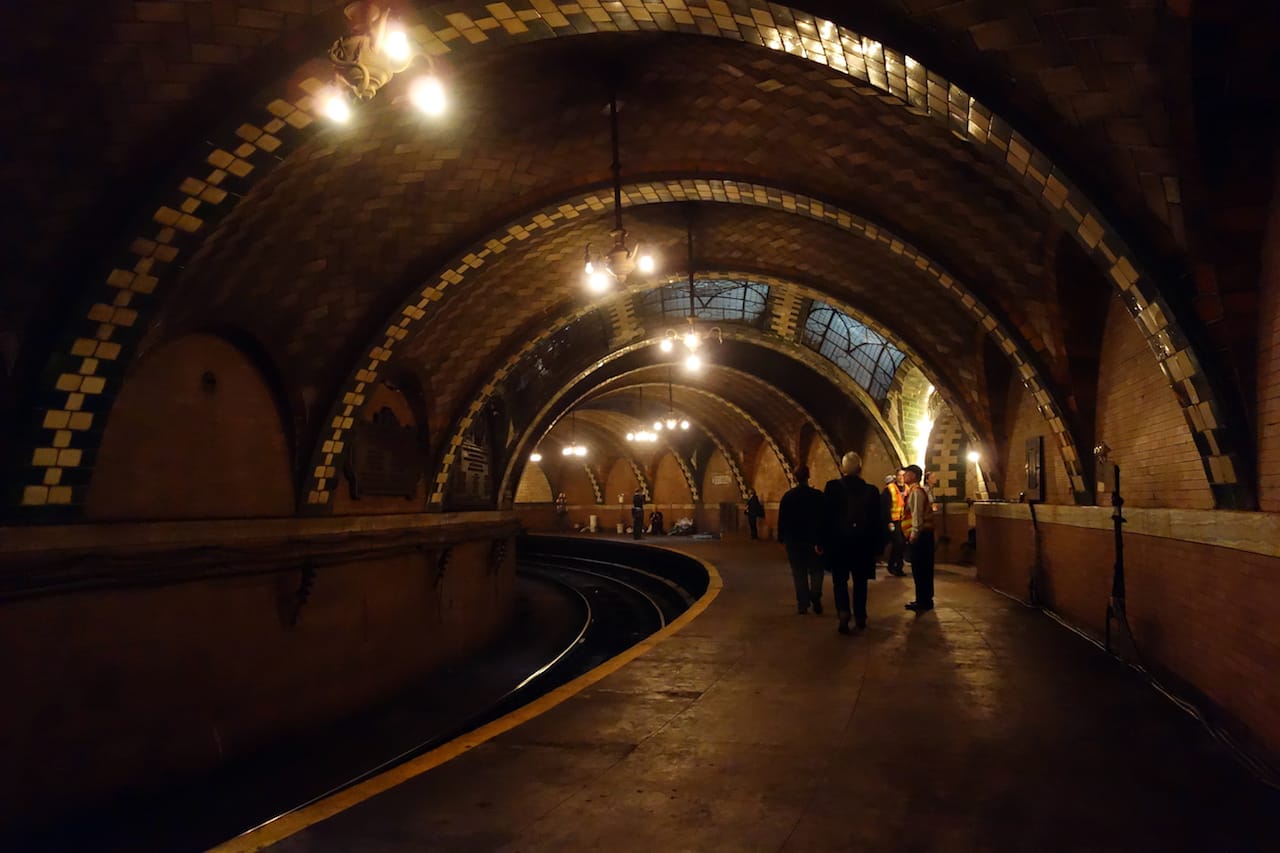
The station is remarkably intact, its ornate glass oculus still shining on the mezzanine where the ticket booth once stood, and the herringbone terra-cotta tile work in green and white brightly accenting the arches designed by Rafael Guastavino. Like all of the first IRT stations, it was created with architects Heins & LaFarge. Aside from the skylights being blacked out during World War II to limit light, and some chipping on the old City Hall signs, it still appears almost exactly as it did in 1945.
The visit got me thinking about access, and how many of these places built for the appreciation of the New York public are now closed with no chance at a legal visit, such as the observation deck on the Municipal Building that stands just above the station, or for many years High Bridge until its reopening this summer. The idea to open the station to the public was proposed back in 1995, with tours ending in 1998 due to security risks (it is right beneath City Hall), and finally beginning again in 2006 through the Transit Museum. Much as the integrity of the Eero Saarinen design for the TWA Flight Center at JFK airport was encouraged by public access tours, the possibility to enter City Hall station, even on these few opportunities, is important for preservation, and to allow visitors to visit a subterranean wonder that once announced New York’s entry into the new age of transportation.
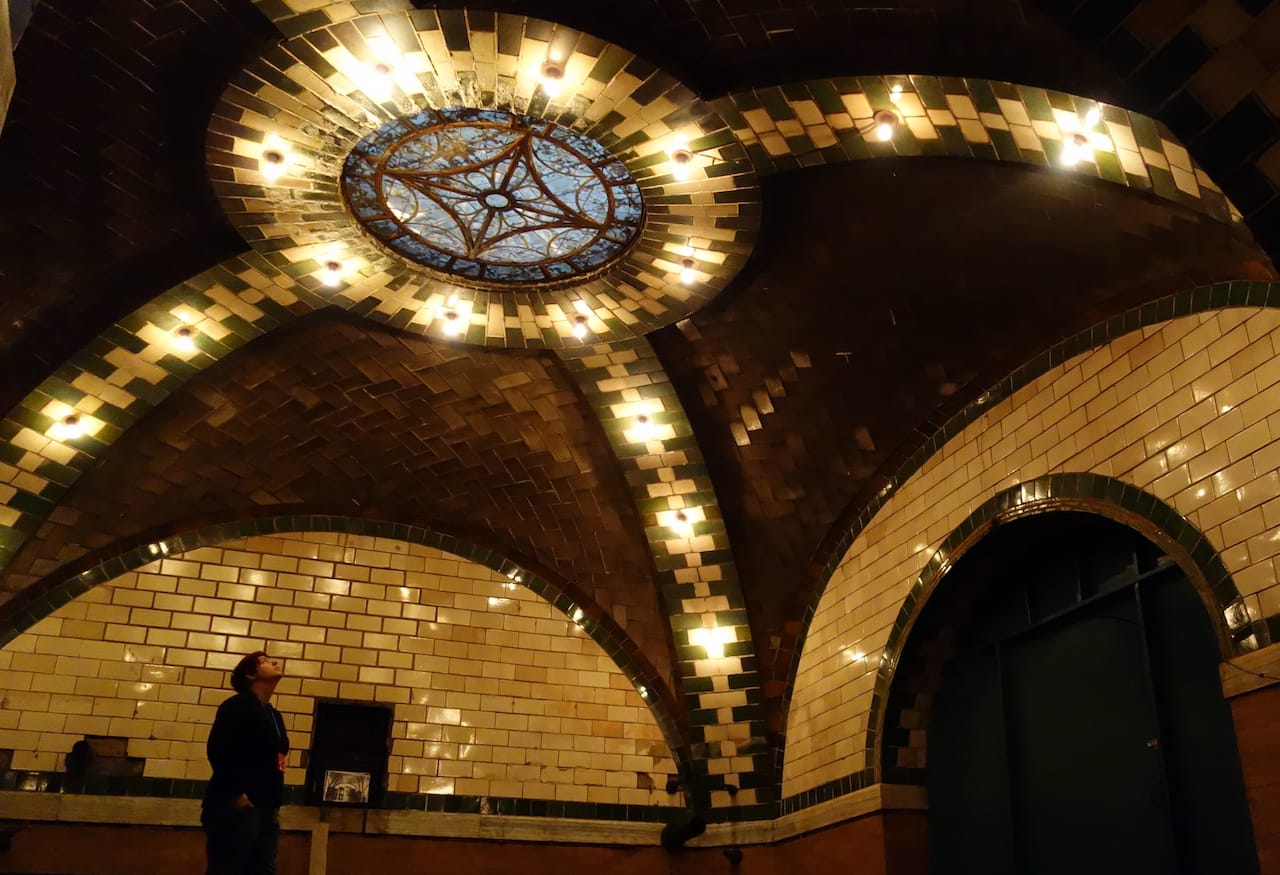
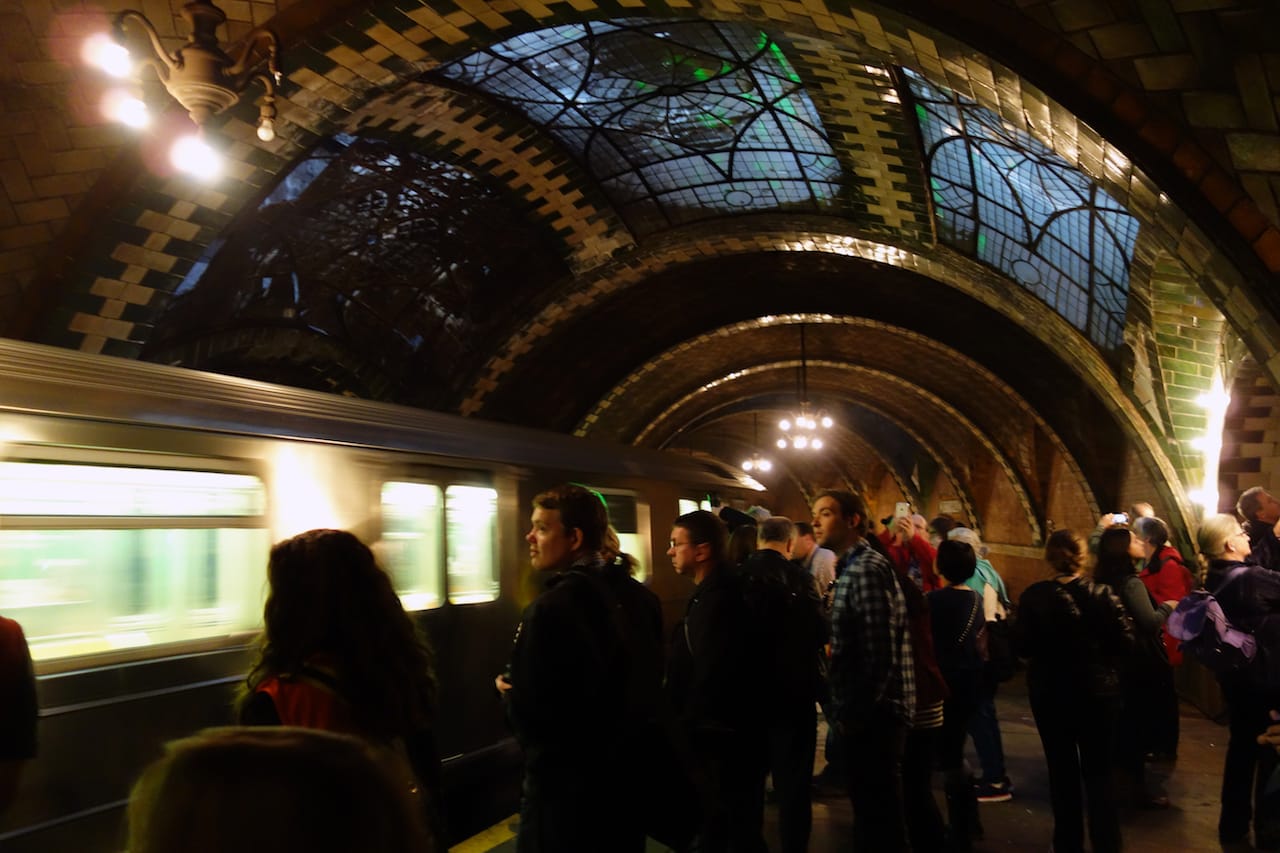
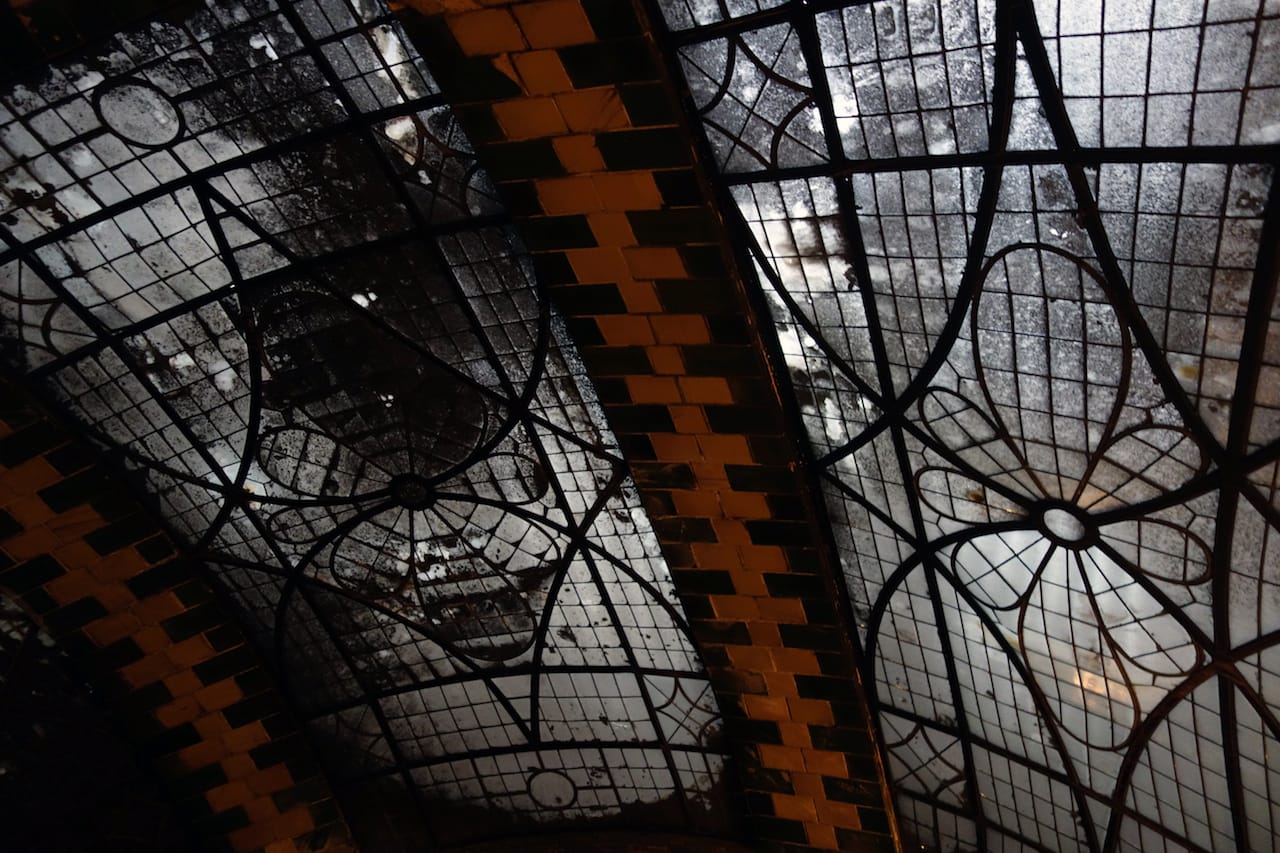
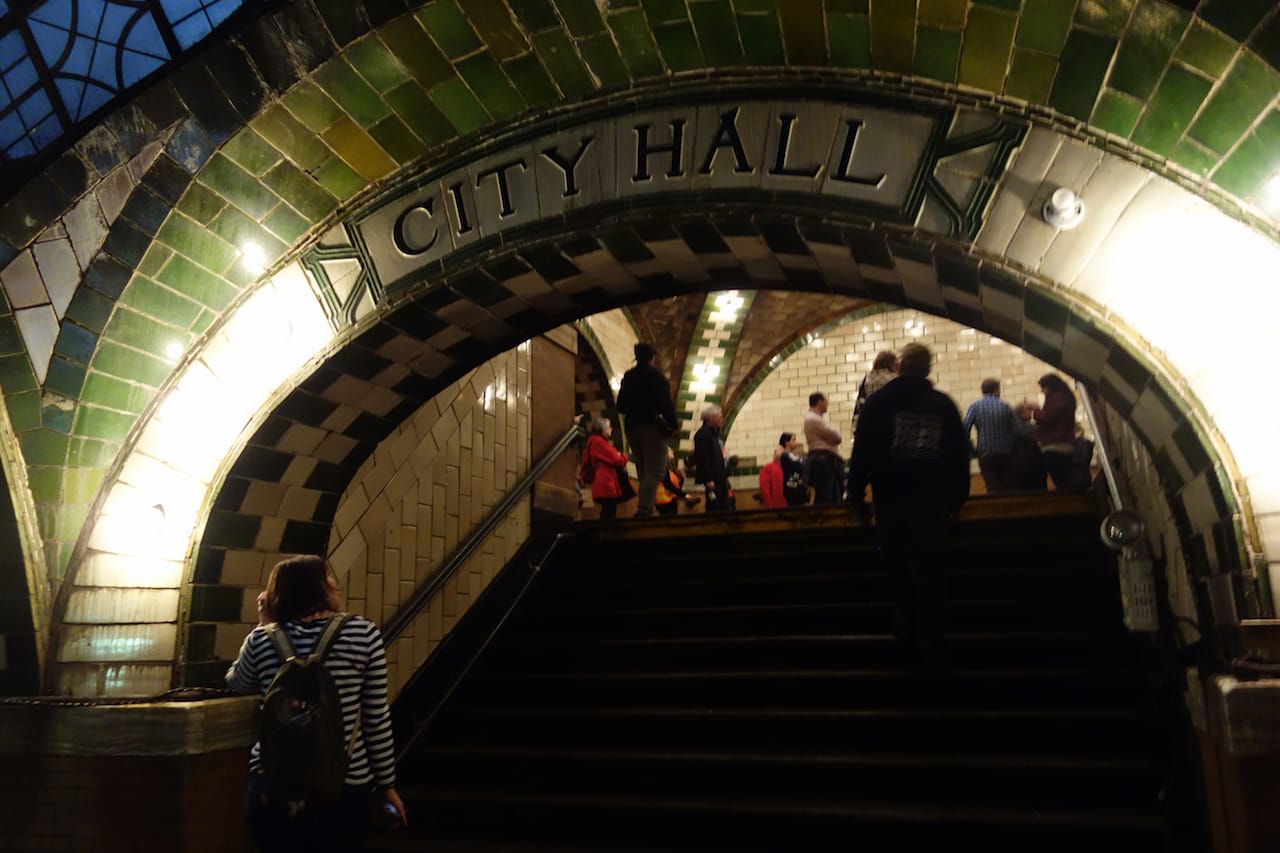
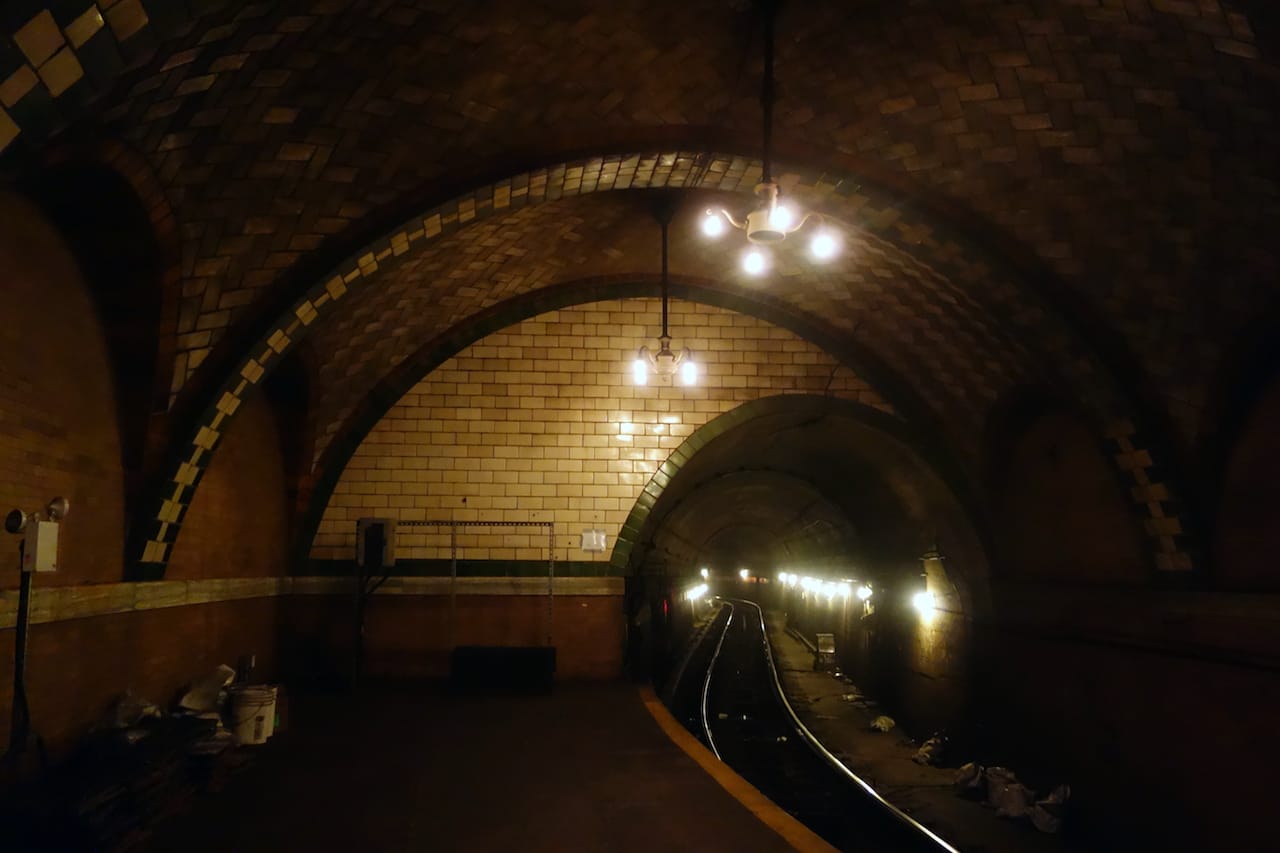
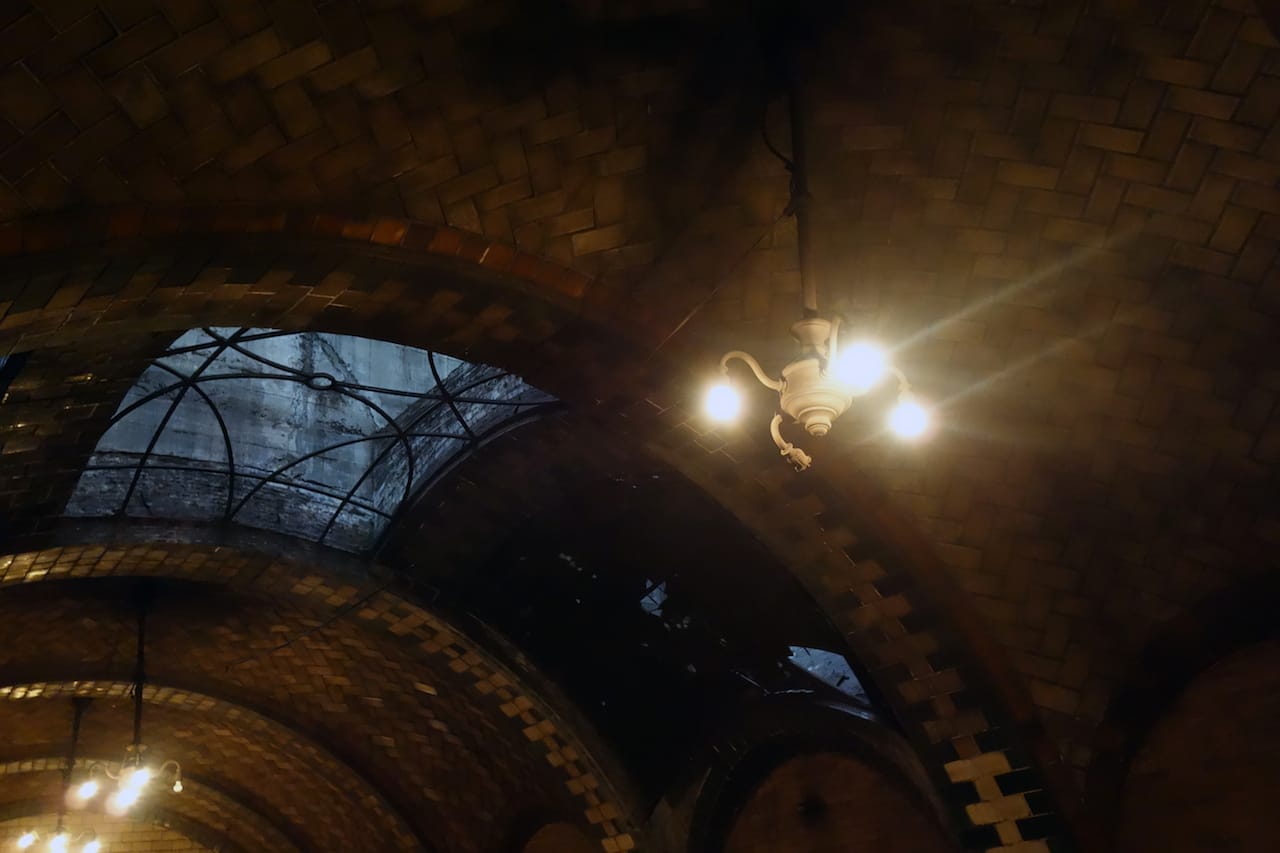

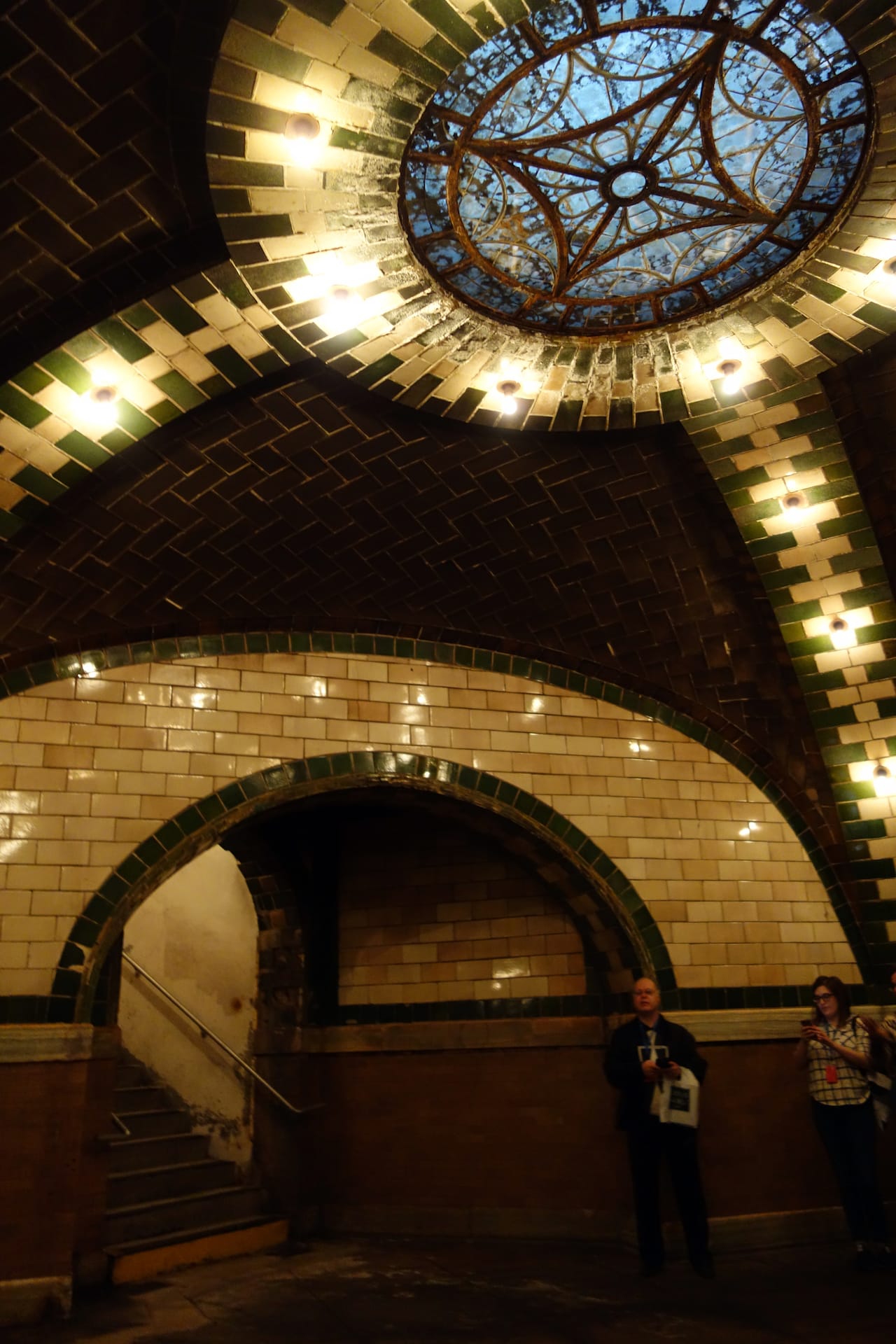
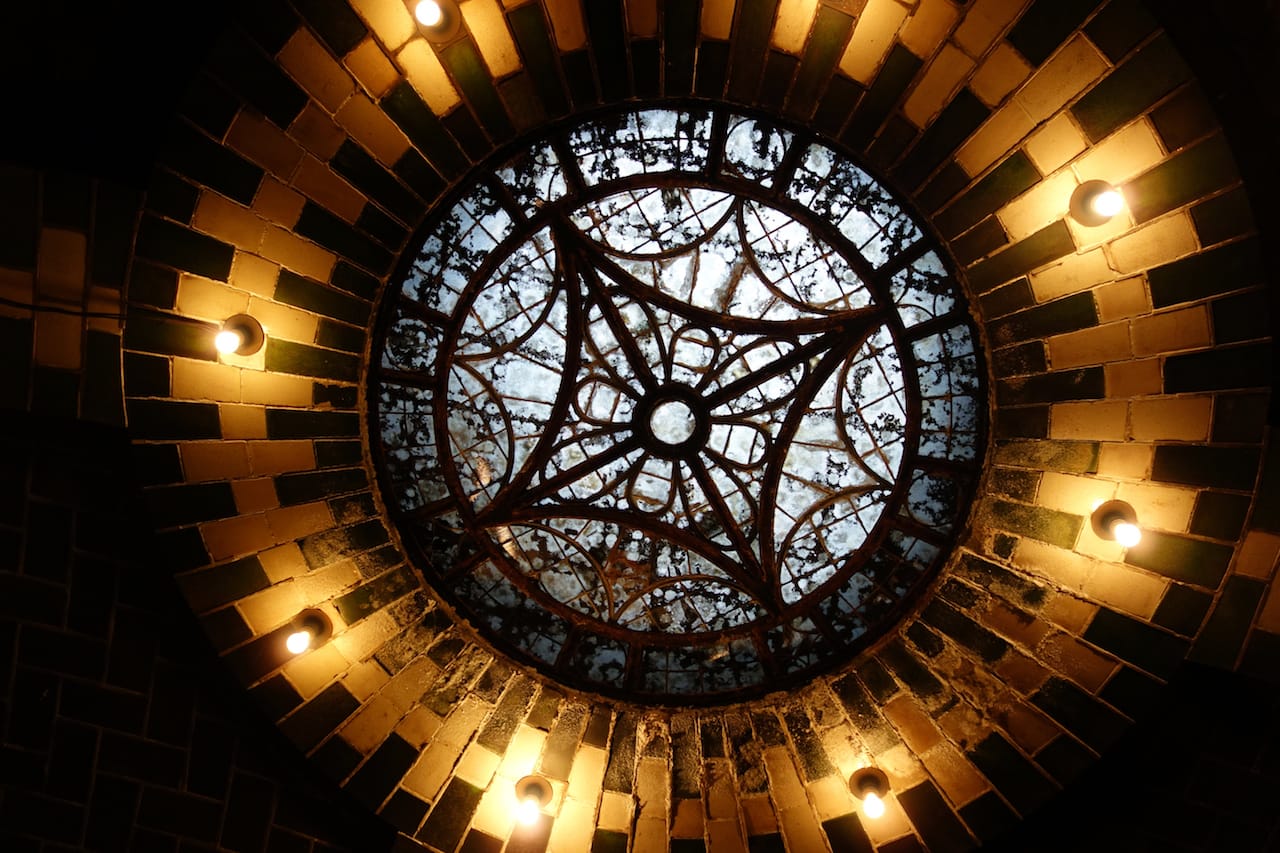
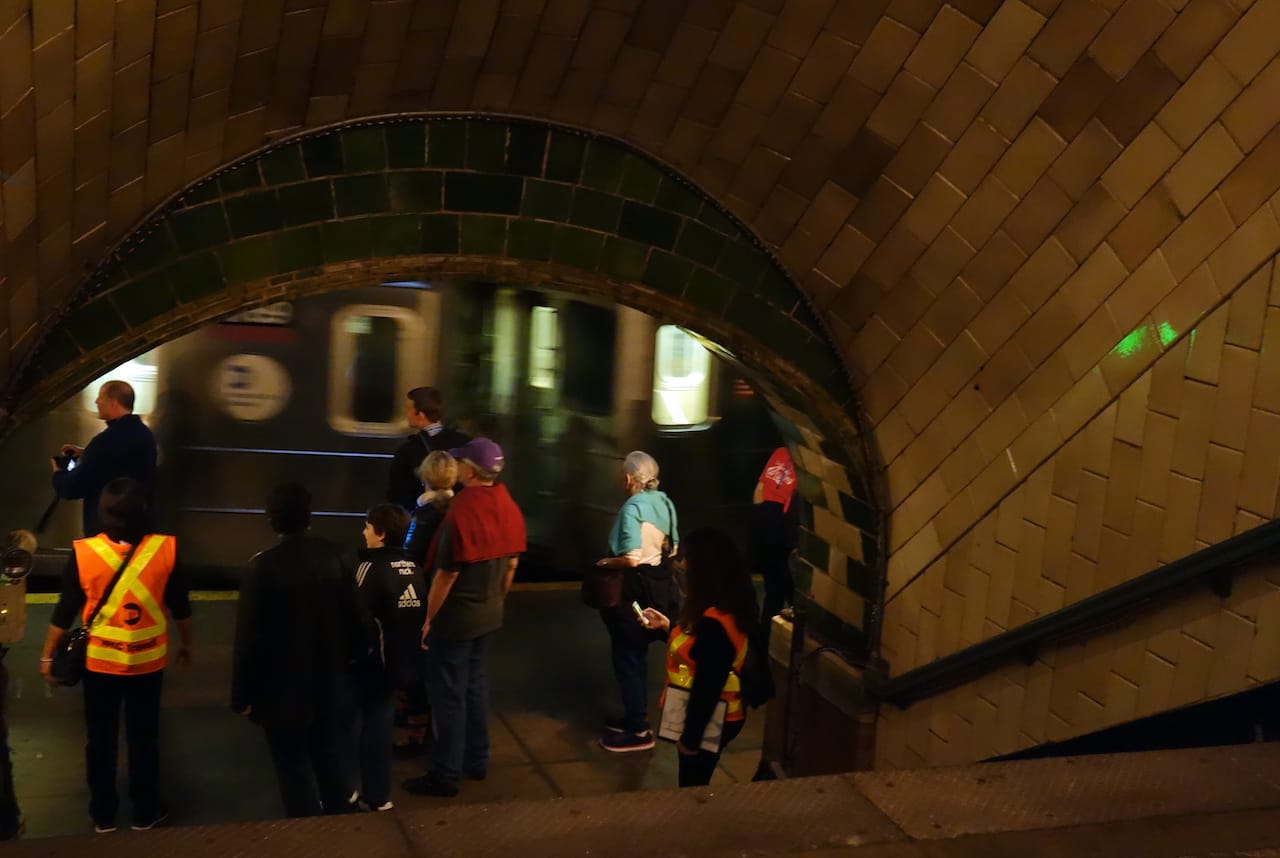


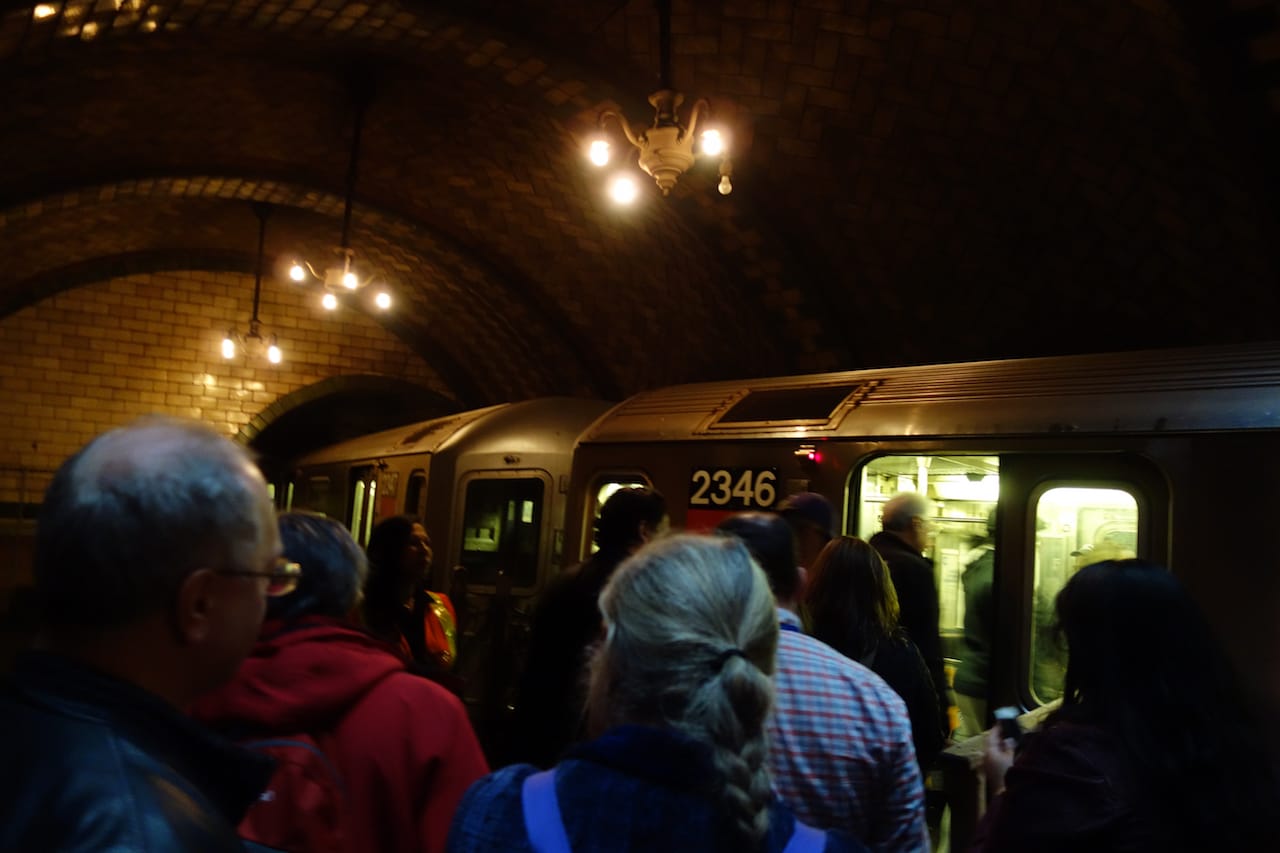
The upcoming tours of the old City Hall station are listed on the New York Transit Museum site.





